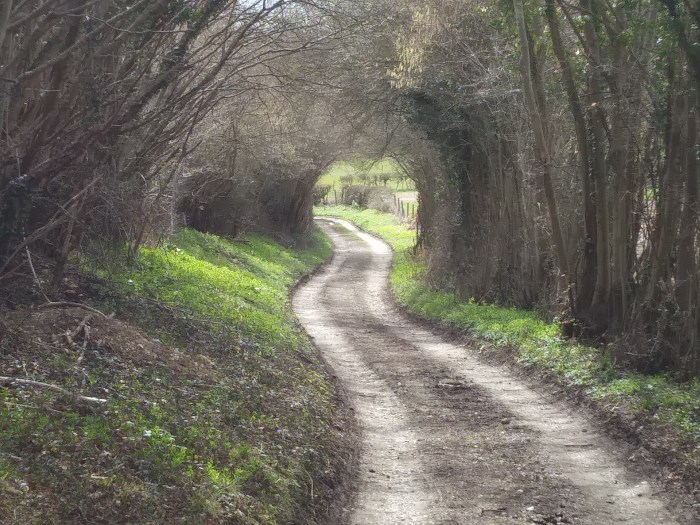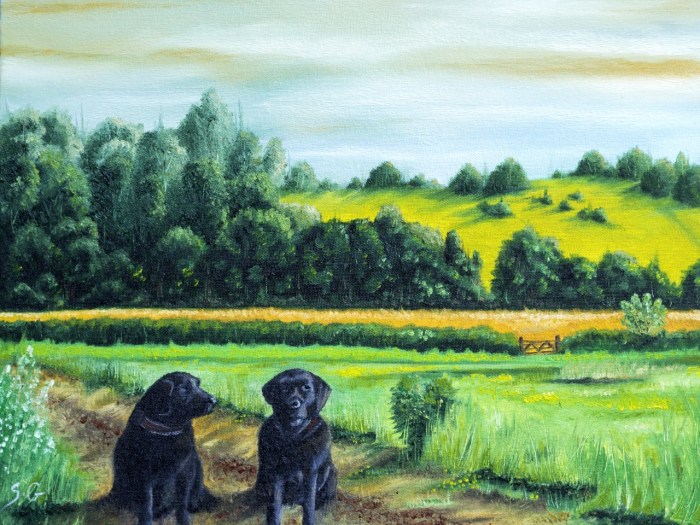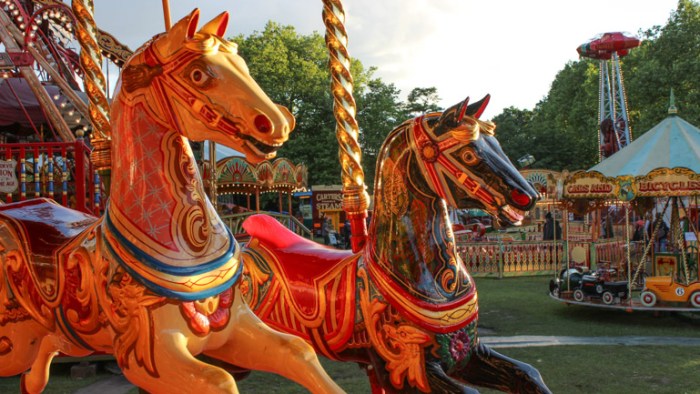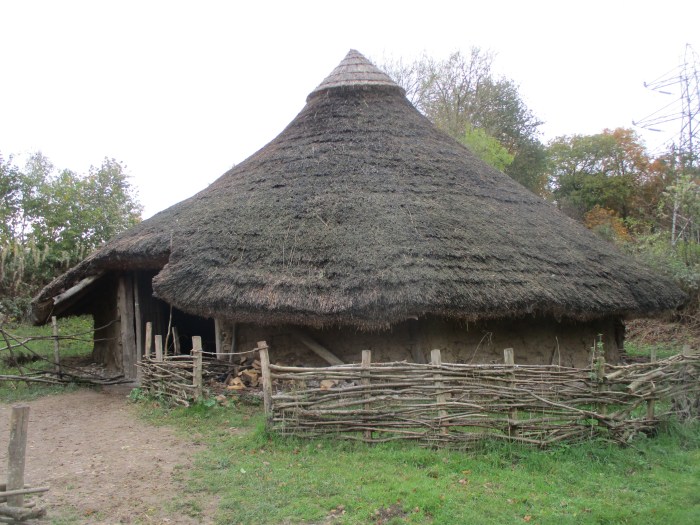AFTER those dull, muddy early weeks of the year, the world suddenly seems to explode into life in March.

Suddenly – and only after long grey days of eager anticipation – the natural world is alive with activity, with something new to spot every day.

Well, that’s the theory, anyway. Except that this year, the rain seemed to be unrelenting and the mud lingered remorselessly on until the end of the month.

Fields languished under water and footpaths turned into claggy quagmires. But amid all the deluges and unpredictable temperatures there were still all those small, familiar, welcome signs that spring is inexorably pressing on with the business of encouraging new life to flourish.

With the weather so grubby, nature lovers have been alert to the smallest changes in our local flora and fauna that signal those new beginnings and have been watching them with fascination.

Delight in the little things, said Kipling – yet all too often simple daily pleasures slip past us without us taking the time to savour them.

But on a bright day in March, with the sun streaming in through the bedroom window after what seems like weeks of gales and torrential downpours, the birds are in full song.

And to quote Wodehouse: “The snail was on the wing and the lark on the thorn – or, rather, the other way around – and God was in His heaven and all right with the world.”
First it was the daffodils and primroses replacing the snowdrops, a welcome splash of colour around nearby villages, prompting the predictable outpouring of Wordsworth quotes.

And if that old favourite is a little too familiar, what about a less well known one from the Twitter account of @A_AMilne: “I affirm that the daffodil is my favourite flower. For the daffodil comes, not only before the swallow comes, but before all the many flowers of summer; it comes on the heels of a flowerless winter. Yes, a favourite flower must be a spring flower.”

Almost overnight, it seems, the blackthorn hedges have become awash with abundant small white flowers, like sea foam splashing against the shoreline.

But while the earliest hedgerow shrub to flower may herald the onset of spring, country folk warn of the so-called ‘Blackthorn Winter’, when the white blossoms can be matched in colour by frost-covered grass, icy temperatures and even late snow flurries.

Although depicted in fairy tales throughout Europe as a tree of ill omen, blackthorn is given a rather magical reputational makeover by Dutch storyteller Els Baars, who suggests the “innocent” white flowers are the Lord’s way of telling the world that the blackthorn bush was not to blame for its twigs being used to make Christ’s crown of thorns.
And it’s far from being the only colour to catch the eye. Plumes of fragrant apple and cherry blossom appear all around too, a delight to bees and other pollinators before they start to shower to the ground like pink, white and red confetti.
Wonderful magnolia trees and glossy everygreen camellias and mahonias are fighting for attention in local gardens, while yellow gorse flowers have opened up across the heathland at Stoke Common and Black Park.

The air is thick with birdsong in morning and early evening, robins, blackbirds and wrens shouting about territory while the local wood pigeons strut and coo. There’s frogspawn aplenty in local ponds and nest-building is under way in earnest.

Sometimes even the most familiar local residents are worth a much closer look. Living close to a river, we tend to take for granted the birds and animals we see every day: the squirrels, pigeons and the ducks who amiably wander through the garden or quack for food at the front door.

But as Graham Parkinson’s remarkable portraits show, even the ubiquitous mallard is a remarkably handsome fellow, and while the female lacks such dramatic colours, she has a remarkable depth and subtlety to her plumage that is equally striking.

There’s an important advantage to not being so dramatically dressed, though – camouflage. Nesting alone means female ducks suffer a higher mortality rate than males, so it makes perfect sense to blend into the vegetation on their nesting areas.
Warmer days are encouraging the first butterflies out for a flutter, like the bright yellow brimstone, peacock, small tortoiseshell or red admiral.

Many beetles have been waking up after their winter hibernation too, most noticeably the bright red seven-spot ladybirds, glistening like little red jewels as they warm their bodies in the morning sunshine.
The warmer daytime temperatures also lure adders out of hibernation, but they can hard to spot, even when sitting motionless in the sun.

Early morning is the best time to see them while they’re still cold from the previous night and a little slower on the move – once warmed up they can wriggle with remarkable alacrity.
Those early mornings and sunny evenings are the best time for photography, as well as catching the sounds of woodland creatures stirring – the yaffle of a woodpecker, perhaps, or the agitated chittering of argumentative squirrels.

Country lanes are beginning to look a little more welcoming, with splashes of colour to offset the brown: the cowslips and coltsfoot, dandelions and winter aconites providing welcome dots of yellow against an increasingly green backcloth.
Although many think of wild flowers like dandelions as a nuisance, Brtiain’s wild flowers are increasingly being recognised as a valuable asset, with people rediscovering their ancient medicinal properties and old recipes being dusted off for salads, wines and health tonics.

Spring lambs are gambolling in the fields and local farms are a hive of activity too, with chicks hatching, vegetables to plant and spring cleaning to organise as the earth begins to warm – even if there are still plenty of frosty mornings and chill clear nights to freeze the bones.

Whichever aspect of spring gives you most enjoyment – those insects emerging from hibernation, early blooms, noisy rooks or natterjacks, frosty morning walks or the antics of playful baby goats, squirrels and lambs, it’s an extraordinary time of year.

As Melissa Harrison says in her nature diary The Stubborn Light of Things: “It’s the oldest story: the earth coming back to life after its long winter sleep. Yet spring always feels like a miracle when at last it arrives.”

As always, we’d like to give a very big thank you to all the local photographers who allow us to use their work this month. If you would like to contribute any pictures, favourite moments or seasonal suggestions to our calendar entries, contact editor@thebeyonder.co.uk on email or via our Facebook group page.
















































































































































































































































































































































































































































